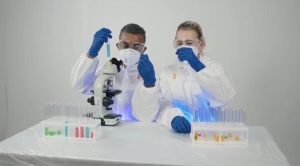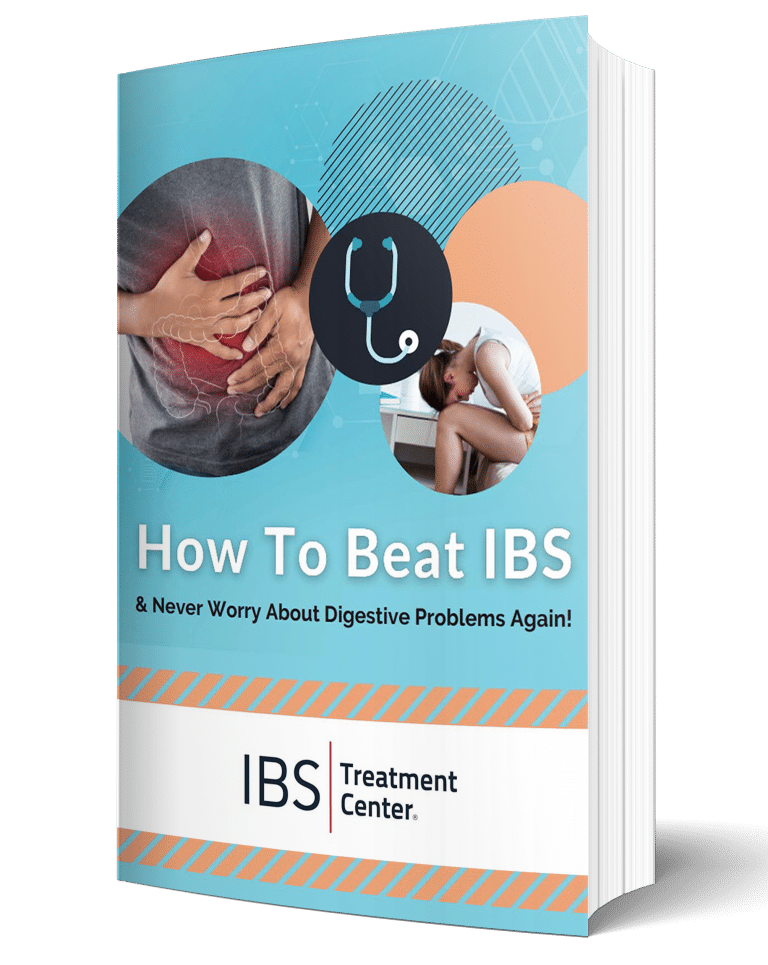Here’s what we’re going to cover
This has got to be one of the most controversial and challenging issues in medicine and there is good reason for that. Because it’s different than just about everything else in healthcare.
I have probably treated well over a thousand cases of Candida overgrowth in the digestive system, and man did it take me a long time to figure out why it’s so difficult to treat. But over the past 25 years I learned a lot about that, and I’d like to share that with you here.
Successfully treating a Candida overgrowth takes 3 things.
- You must change your diet.
- You must have the right treatment.
- You must have a really good understanding of the process and carry your patience.
Treating a bad Candida overgrowth in the gut is not like normally think of treating a bacterial infection. You can’t just take an antibiotic, live your life like normal, and expect the problem to go away.
You have to participate in the treatment, change your diet, and understand a few really critical things about Candida in order to conquer them, which I’ll explain.
1. The Diet
Let’s start with your diet. Candida, like most yeast, thrive on sweets and sugars. If you don’t stop feeding them, nothing else that you do will make much difference. You have to stop feeding them the things that make them strong. And that means not eating anything sweet, including anything naturally sweet.
No desserts, no lattes, no sodas, no candy, no chocolate. Nothing sweet. And that includes smoothies, dried fruit, etc. If it tastes sweet, then it’s a problem. It doesn’t matter how natural or organic it is, Candida will still love it.
And they love alcohol too, so you’ll have to cut it out as well.
Some anticandida diets get much stricter than this and include the avoidance of starches and carbs. But let’s just start here with the basics. It’s usually enough, and there is no point in making the diet harder unless we really have to.
Now if you’ve already done this and you don’t feel much better, that’s because you have to do a lot more than just change your diet.
2. The Treatment

Candida and yeast, like bacteria, can develop resistance to things, just like bacteria can be resistant to antibiotics. So we have to find something that is going to work.
Ironically, natural antifungals are often excellent options. Garlic, oregano oil, and all kinds of herbal and botanical medicines have wonderful antifungal properties. They must be very high quality, highly concentrated, and you must know how to dose them, and take them long enough, but they can be just as good as any prescriptive antifungals. I’ve used them successfully in patients thousands of times.
Another great option is Nystatin. Nystatin is a prescriptive antifungal medication. It is very safe and does not have the potential side effects that many other antifungal medications have, because it is not absorbed, so it doesn’t get past the digestive tract. Therefore, it does not affect your liver, or your kidneys, etc.
But again, you have to do it properly, and you have to take it long enough to get the job done. And this generally means many weeks and even months. It’s not a magic pill. Nothing is once you’ve got a major Candida overgrowth in your digestive microbiome. It takes time to rebuild that ecosystem. You can’t do it overnight.
Regardless of what you use, there will likely be some major challenges during the treatment process. This leads us to part 3 of the treatment process.
3. Knowledge and Patience
This is where things get really interesting. When you treat Candida, you will likely feel worse before you feel better.
Yes, you heard that right. It may sound stupid. But if you don’t understand that and don’t believe it, and you stop the treatment because you feel worse, then it’s likely that you will never experience long term relief.
We call this the yeast die-off effect, or the Herxheimer reaction. Here’s what happens. In at least 50% of the well over one thousand times that I’ve treated a Candida overgrowth, the patient got worse for a while.
It wasn’t a reaction to the thing we used to treat it, because if they are switched to a different treatment that is just as effective, the same reaction will happen. Candida don’t go down easy. They fight like hell, and they make your life miserable in the process. It’s a battle.
You want to win the war. But you have to win that first battle. So you have to stick with it. You’ll probably feel like your digestion is worse, and you may get tired and headachy, almost like having the flu. This is all temporary.
But it can last from days to even weeks or longer, depending on how bad things are and how aggressive you are with the treatment. If you know this going in, then you’re more likely to stick with the treatment. And you’ll typically start to feel better in the 3-day to 3-week range.
But treating a Candida overgrowth can be a very tricky process, and it helps to have expert guidance as you go through it. If that’s what you need, give us a call.
Those are the fundamentals of treating a Candida overgrowth. It’s not always easy, but it is always extremely rewarding, and it can change your life.
Do you think that you have a Candida overgrowth?

Dr. Wangen is the founder and medical director of the IBS Treatment Center, the award winning author of two books, and a nationally recognized speaker on digestive disorders. He has been on ABC, NBC, and Fox as well as public radio, and was named one of Seattle’s Top Doctors by Seattle Magazine.

